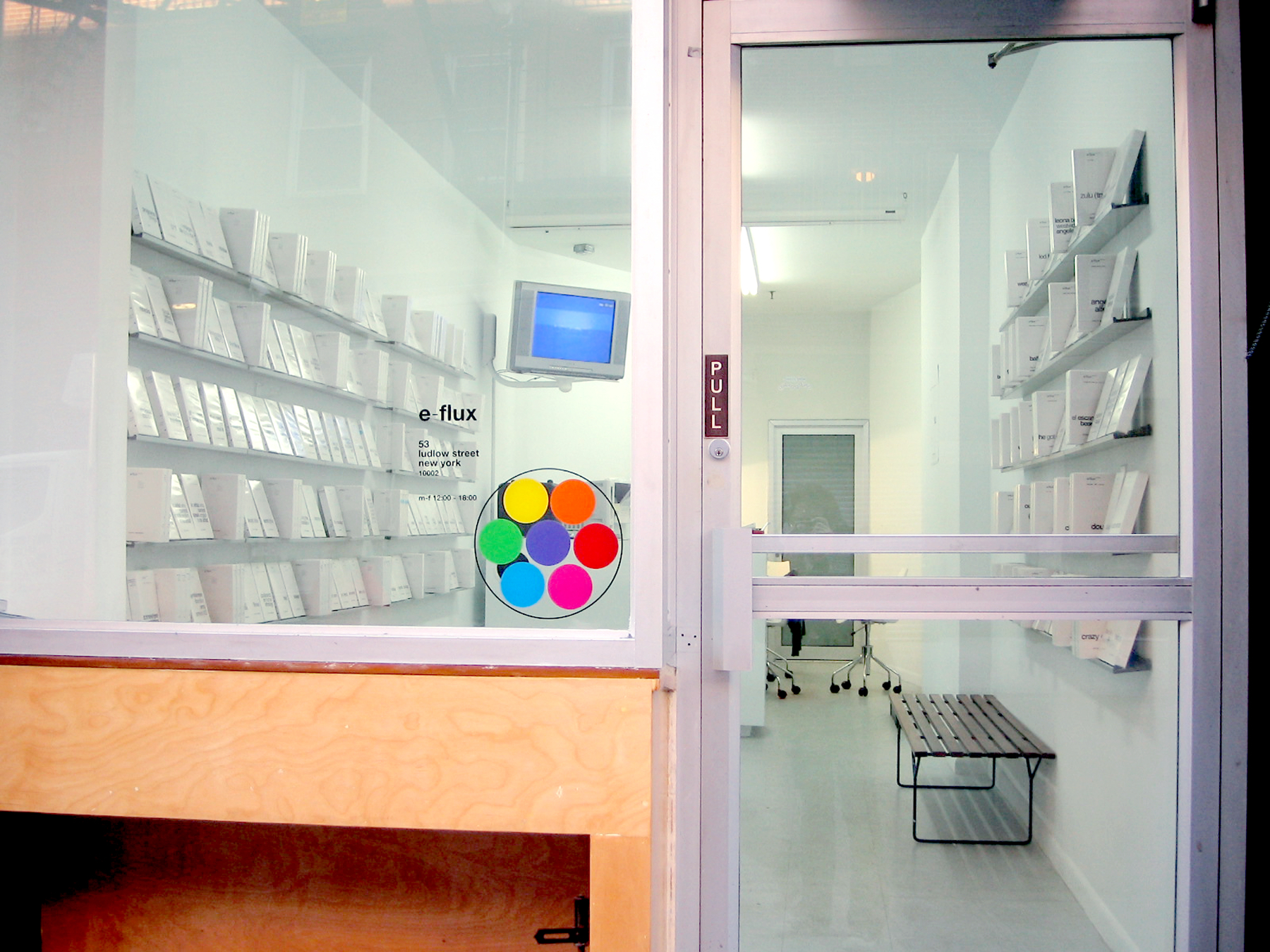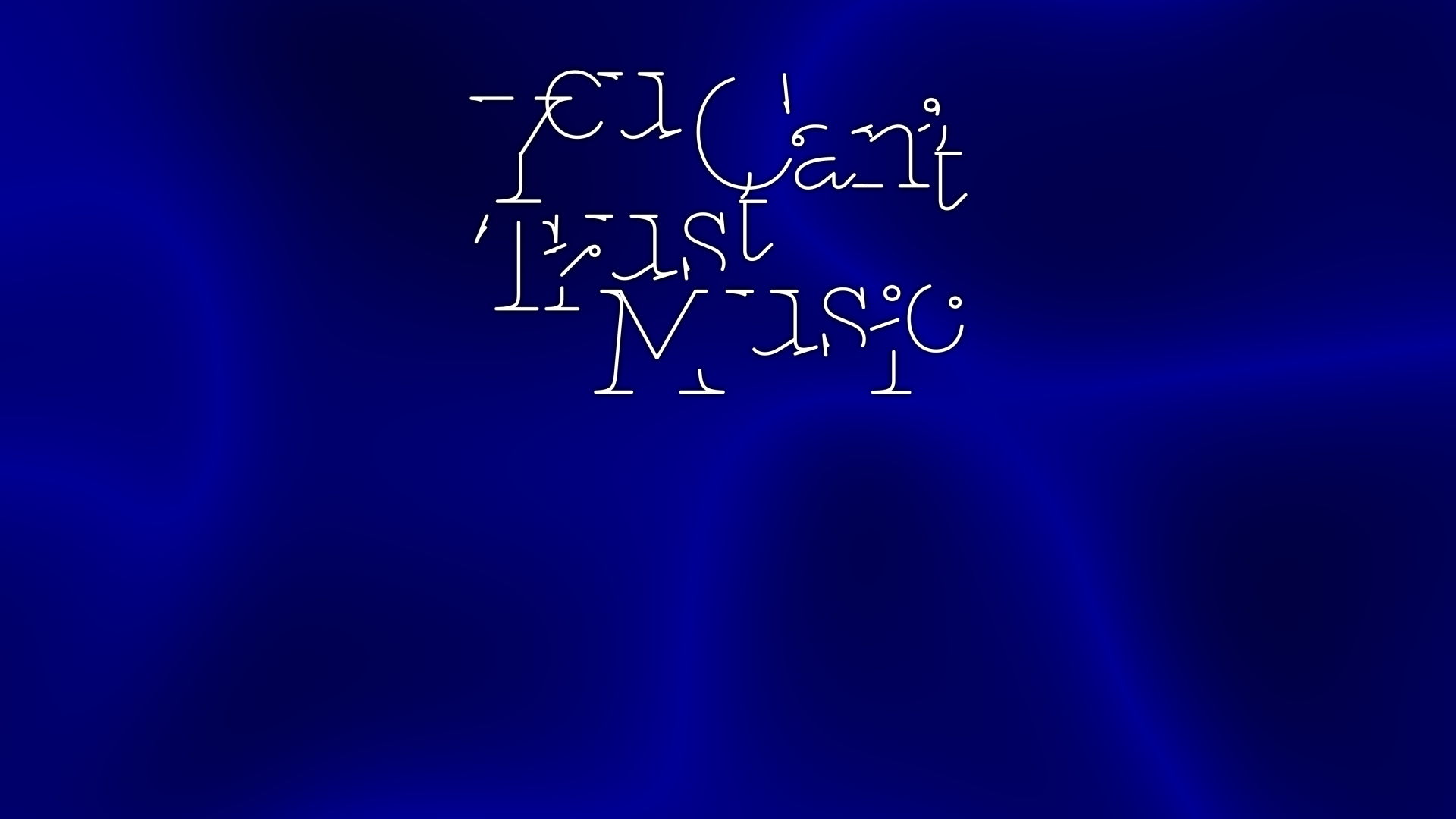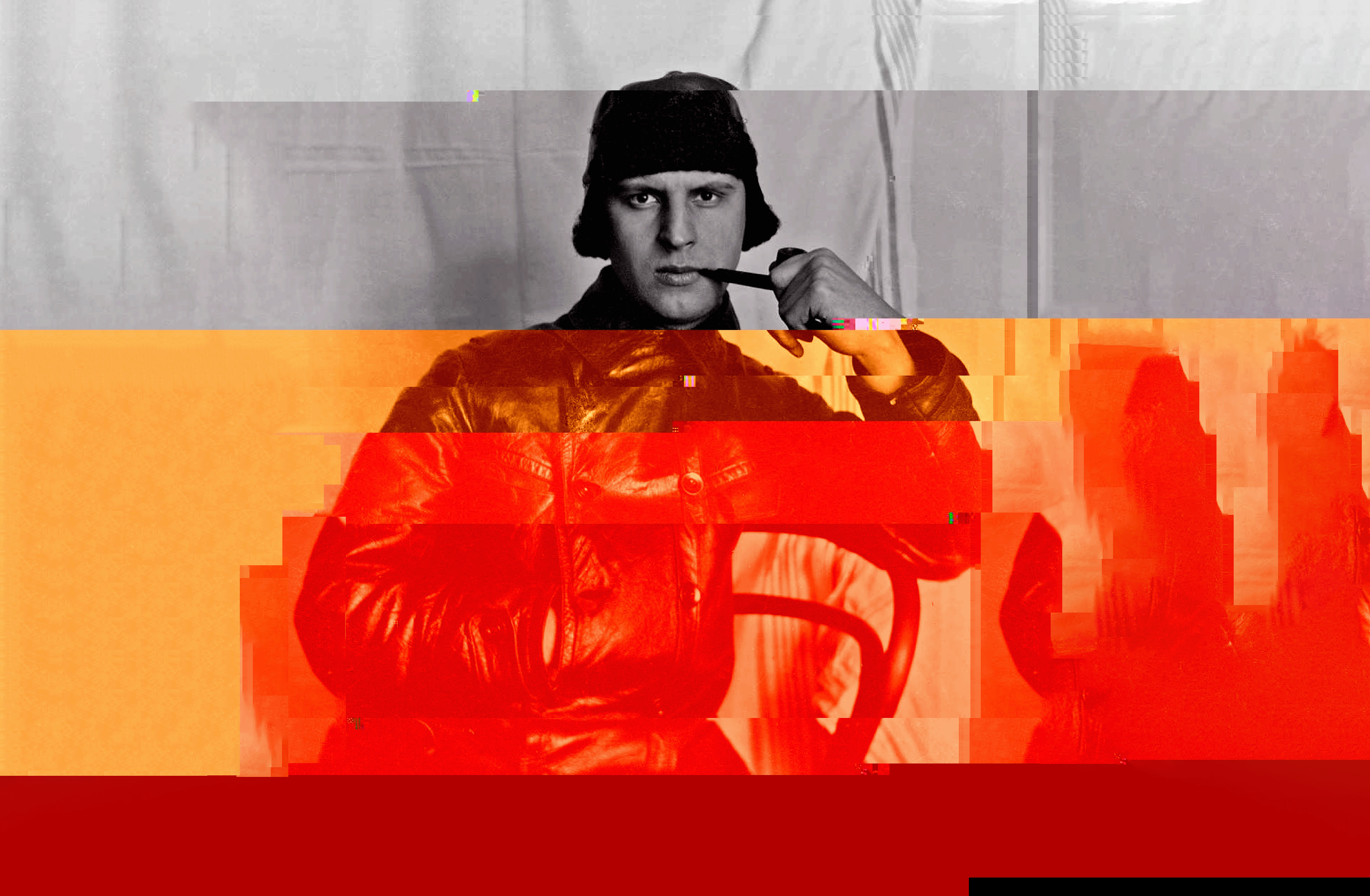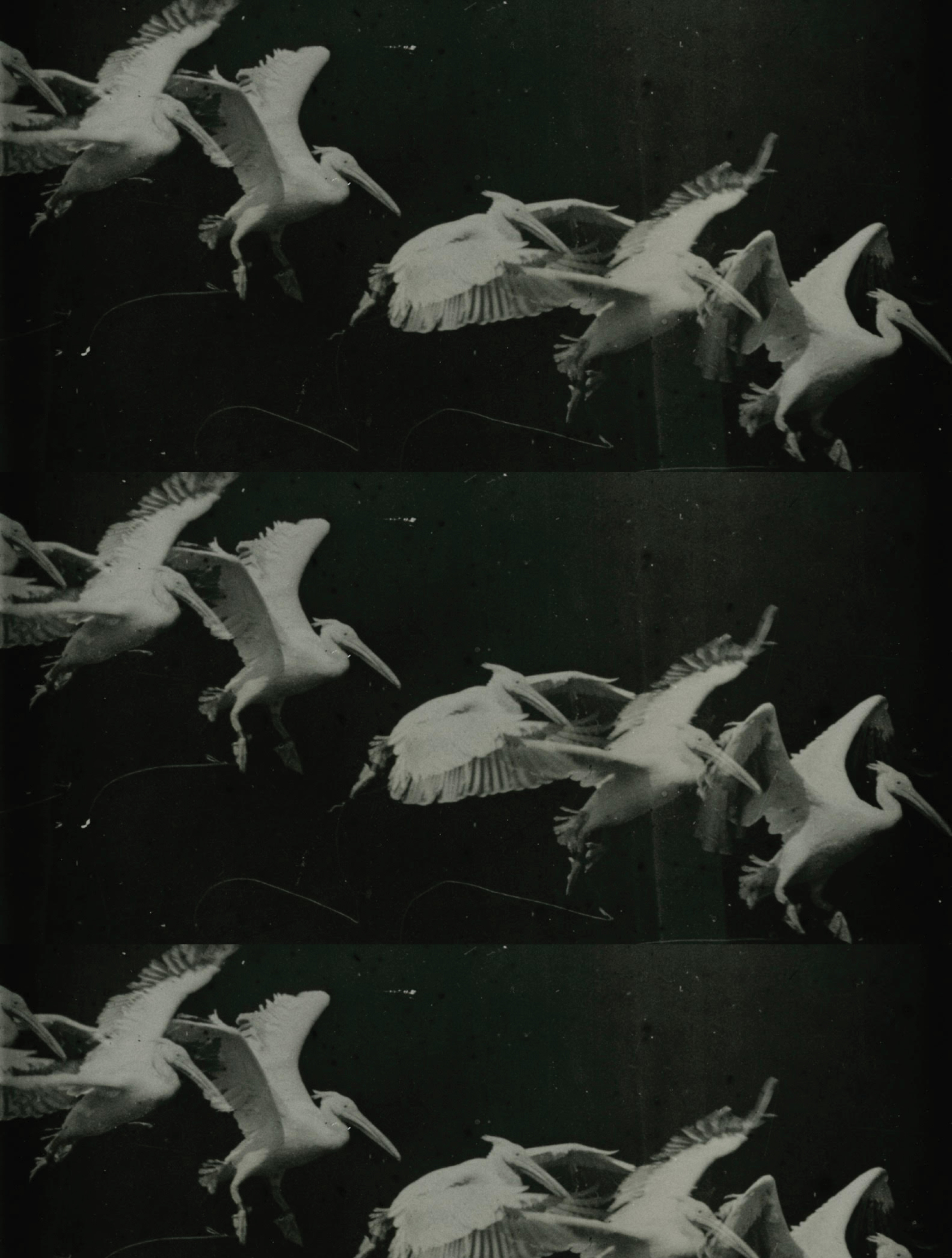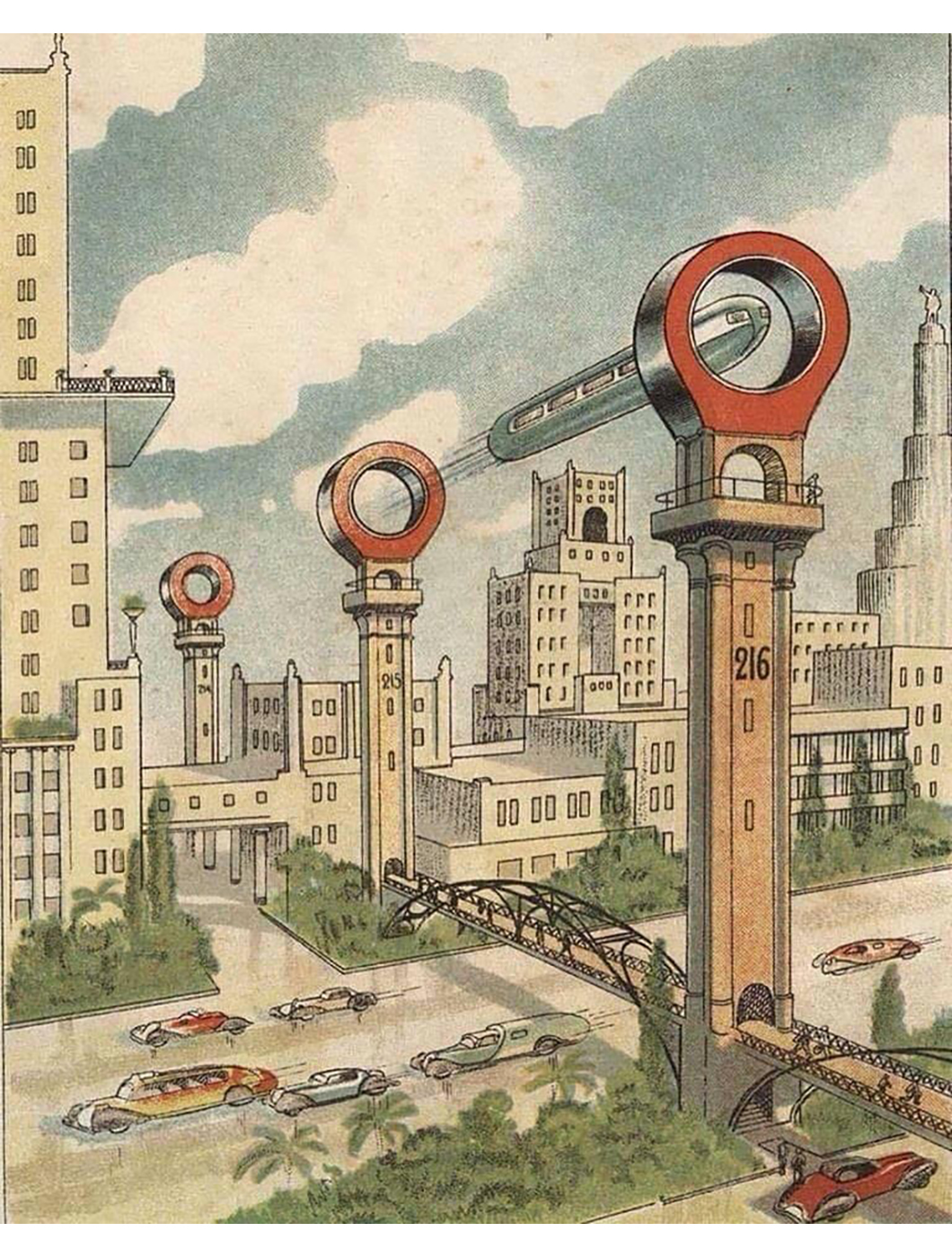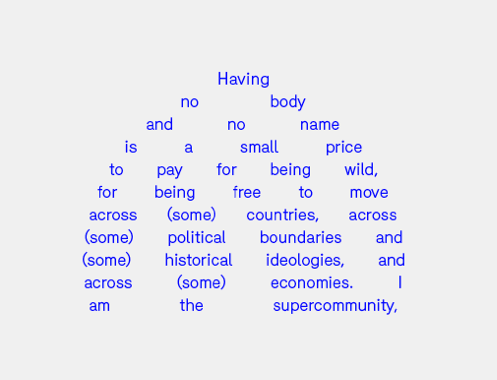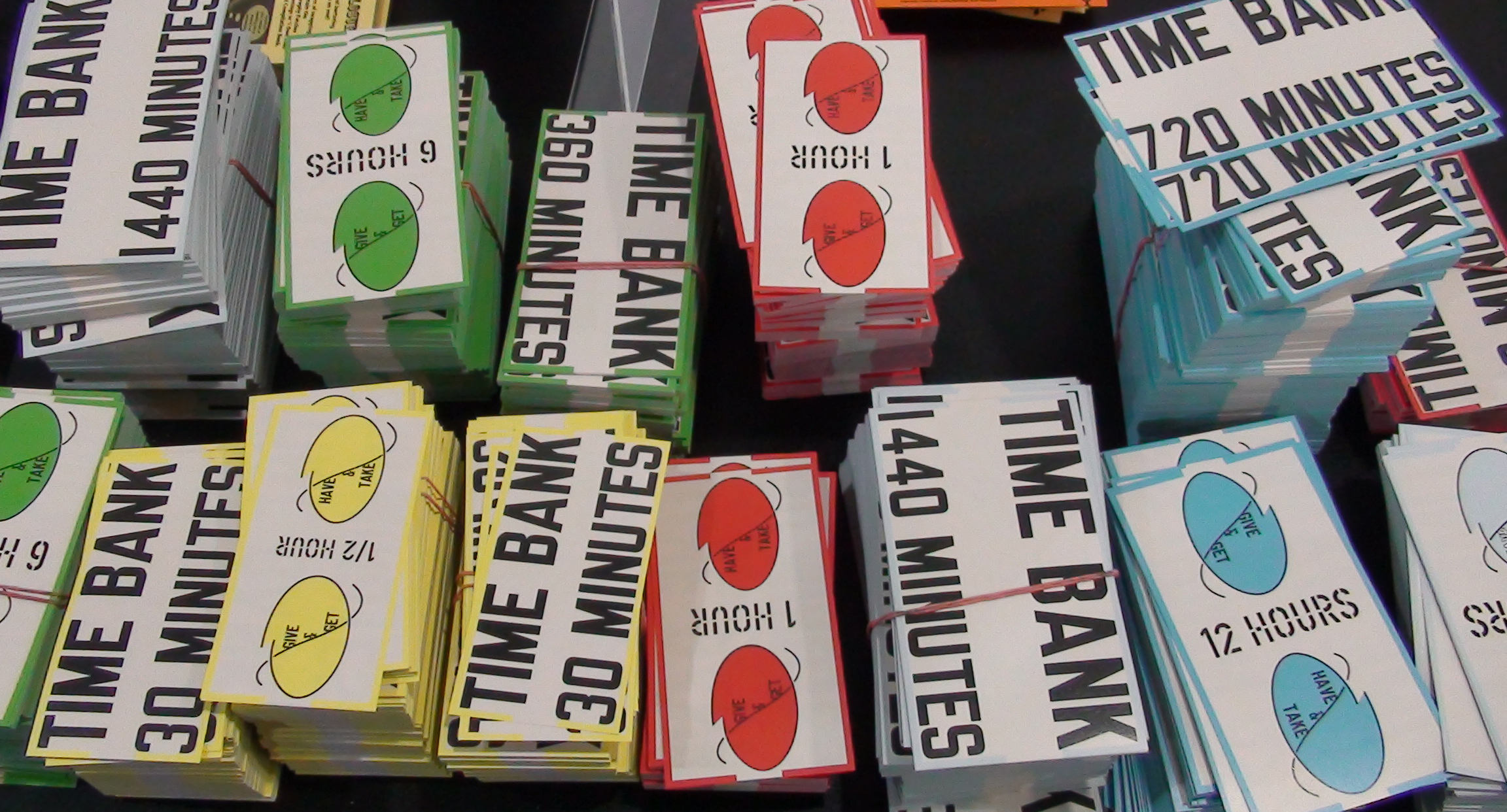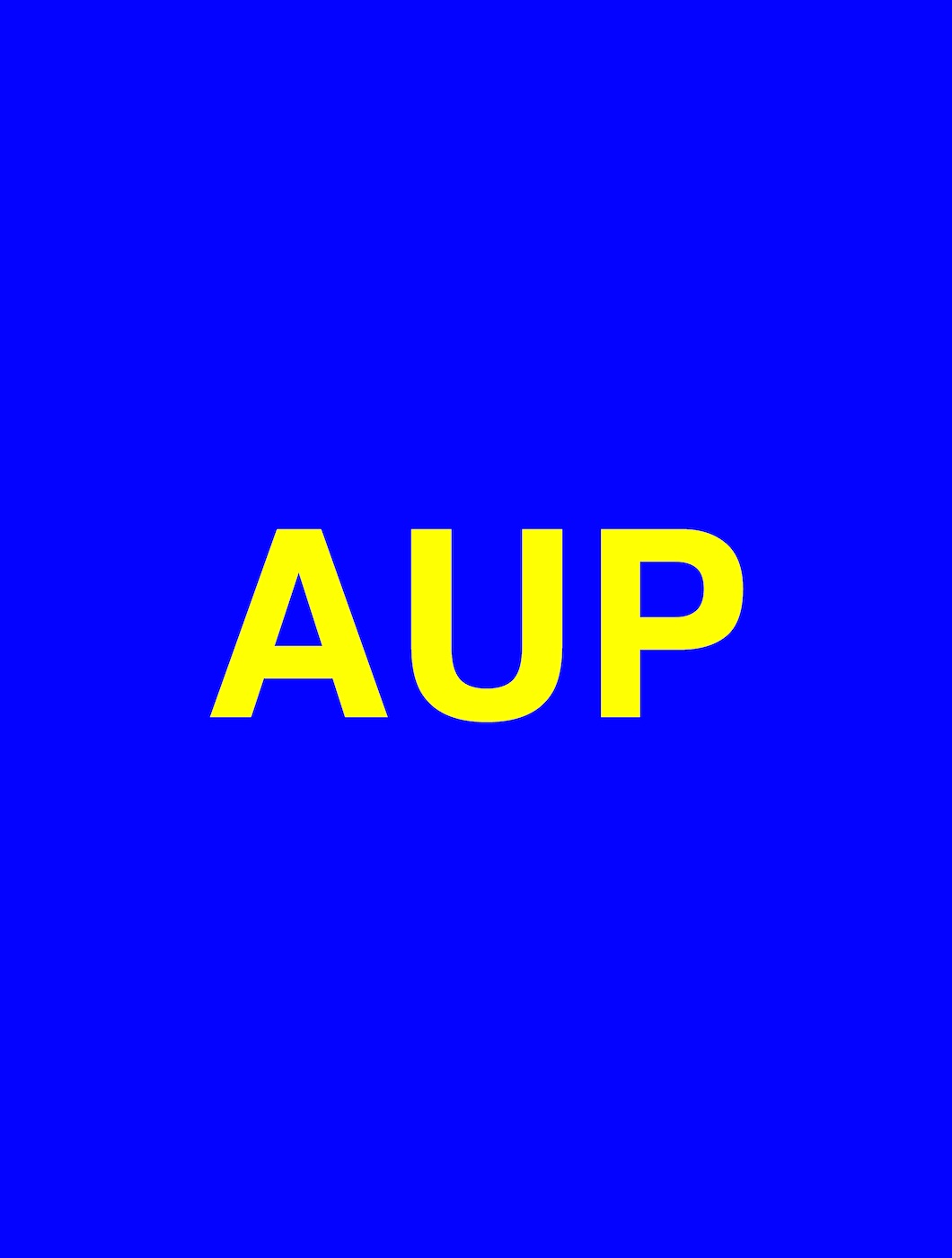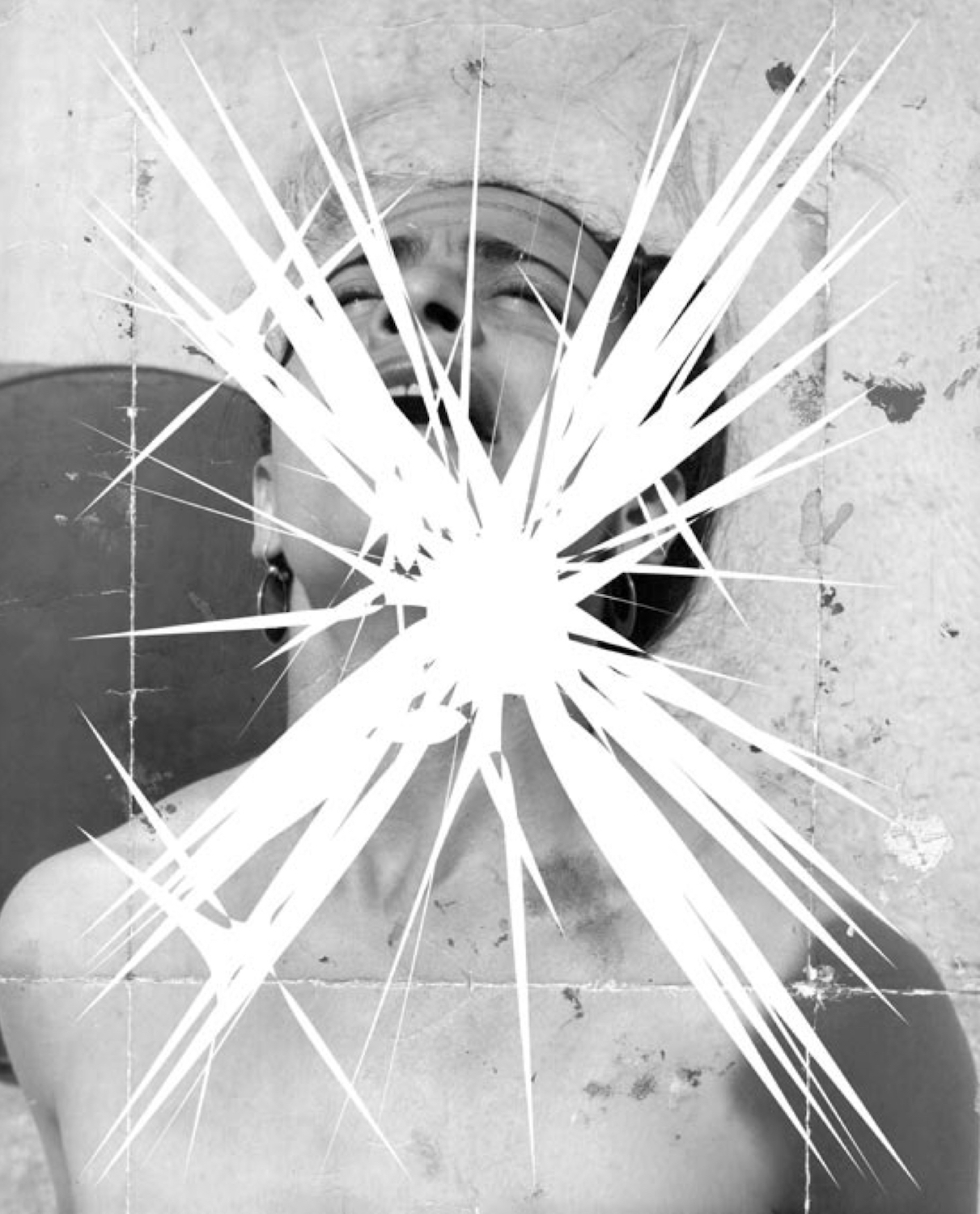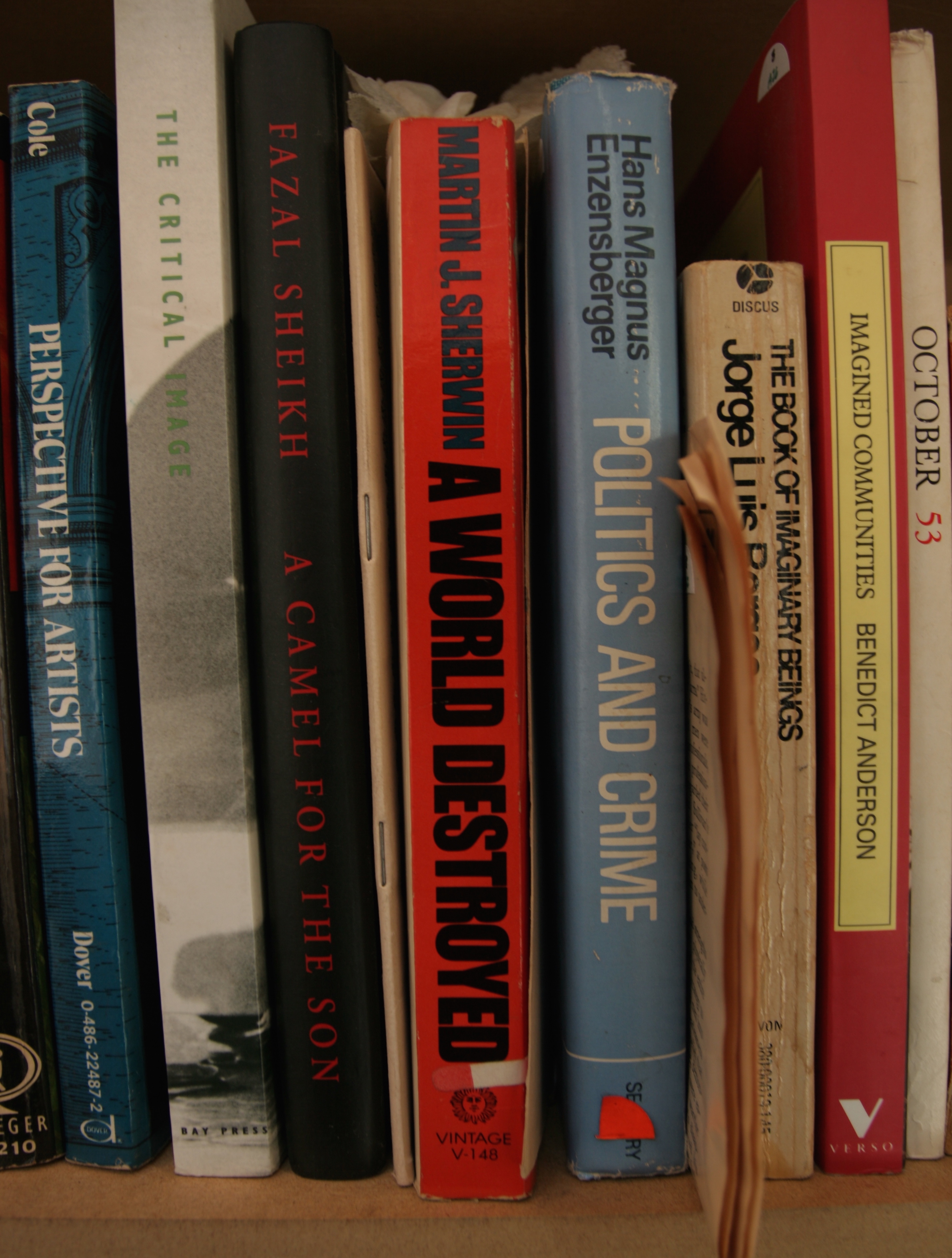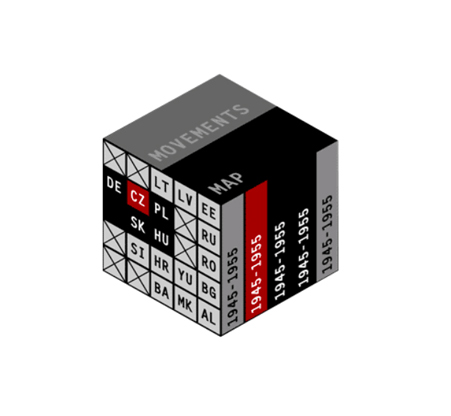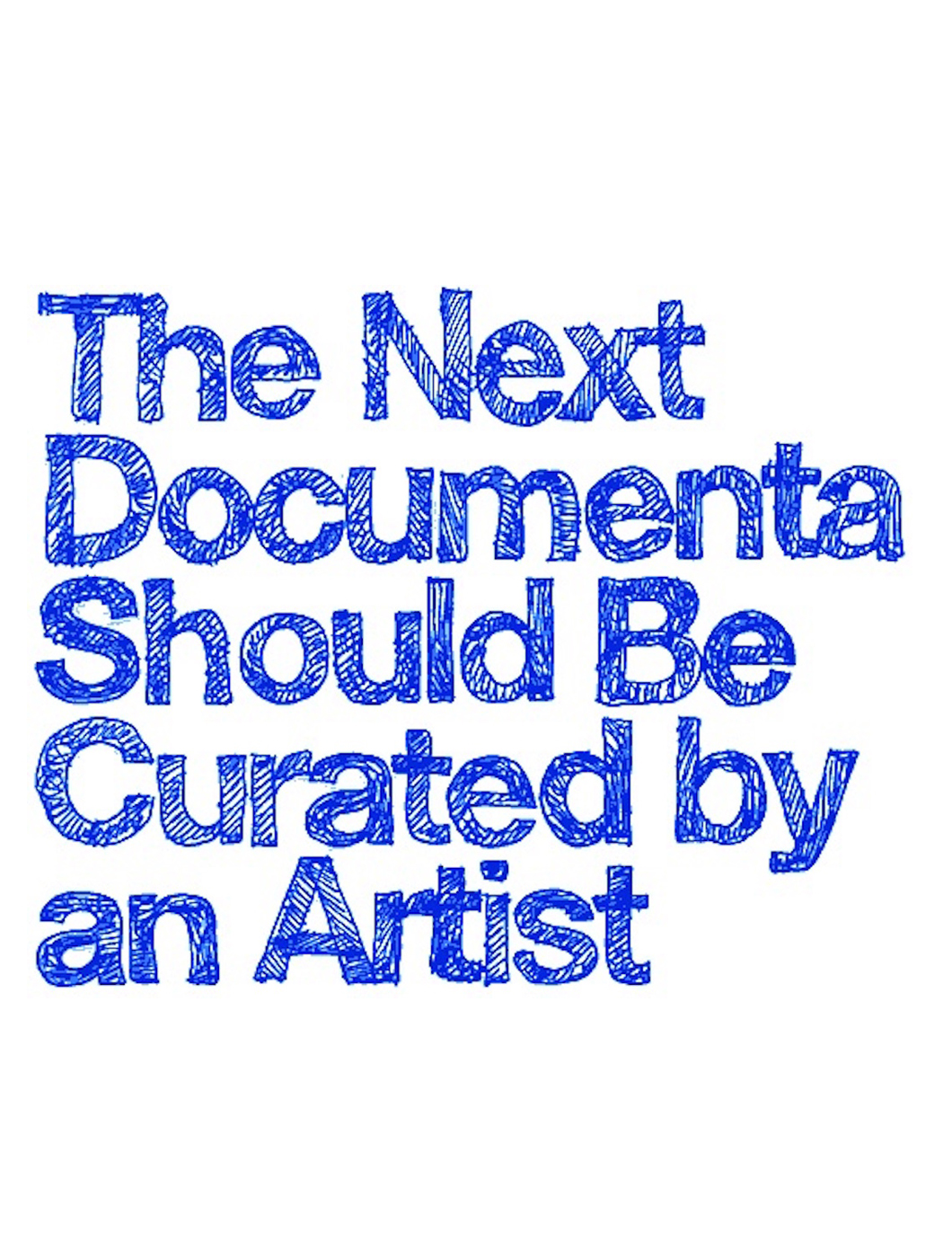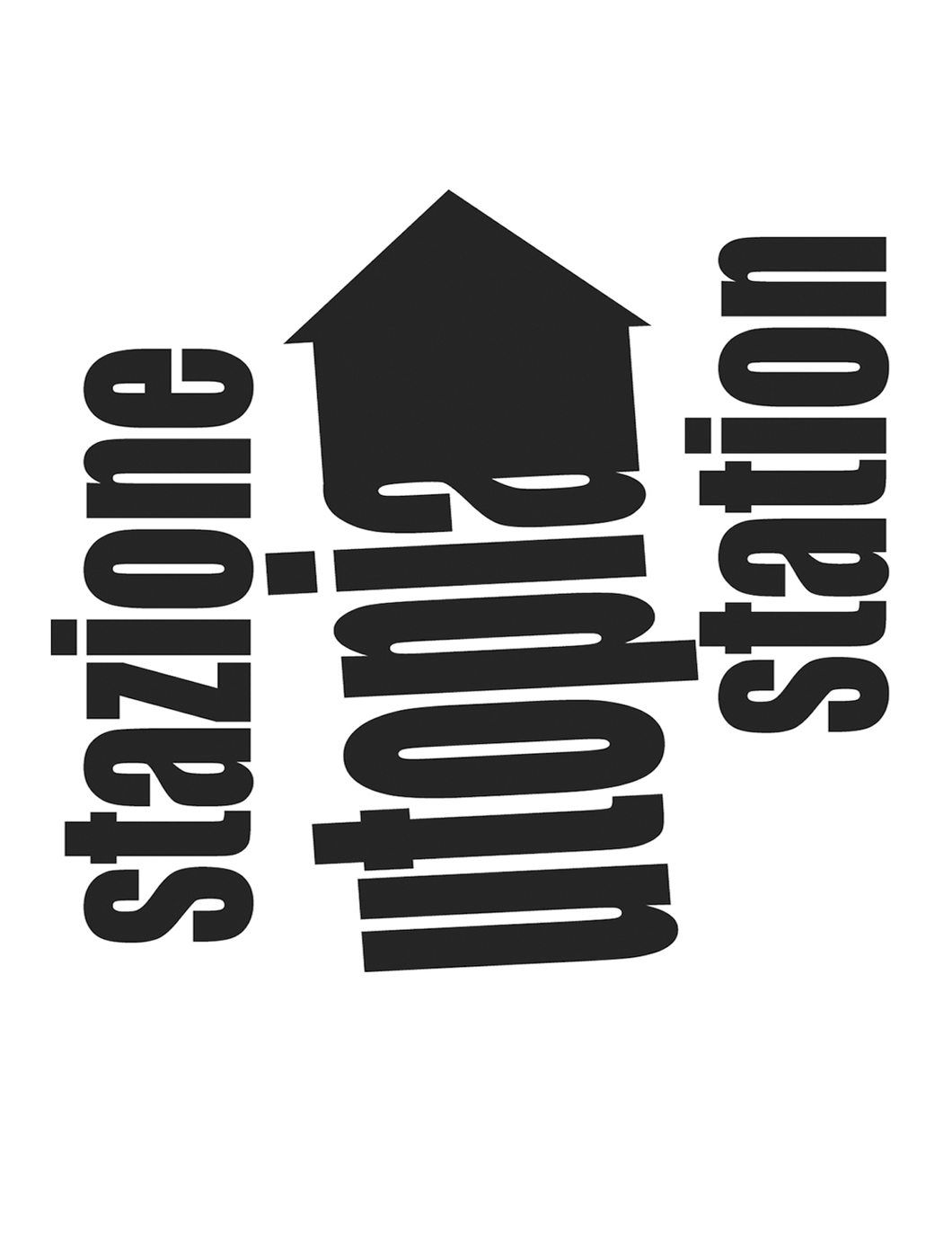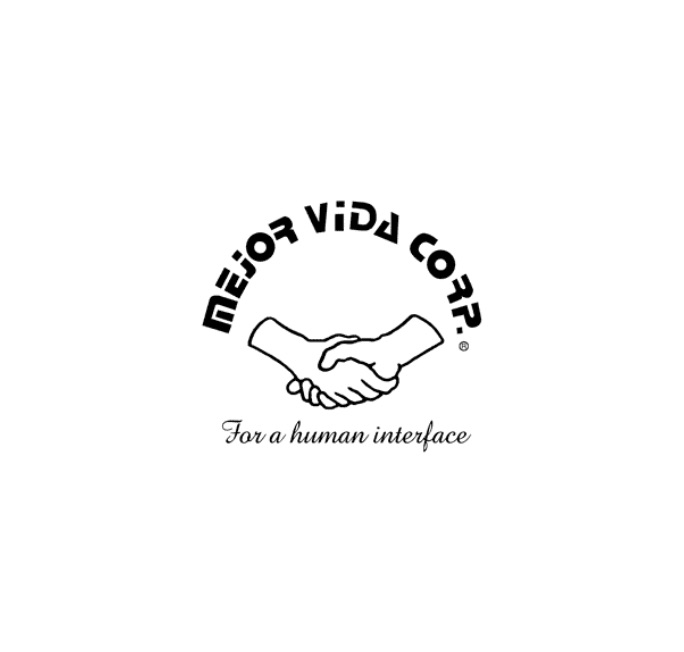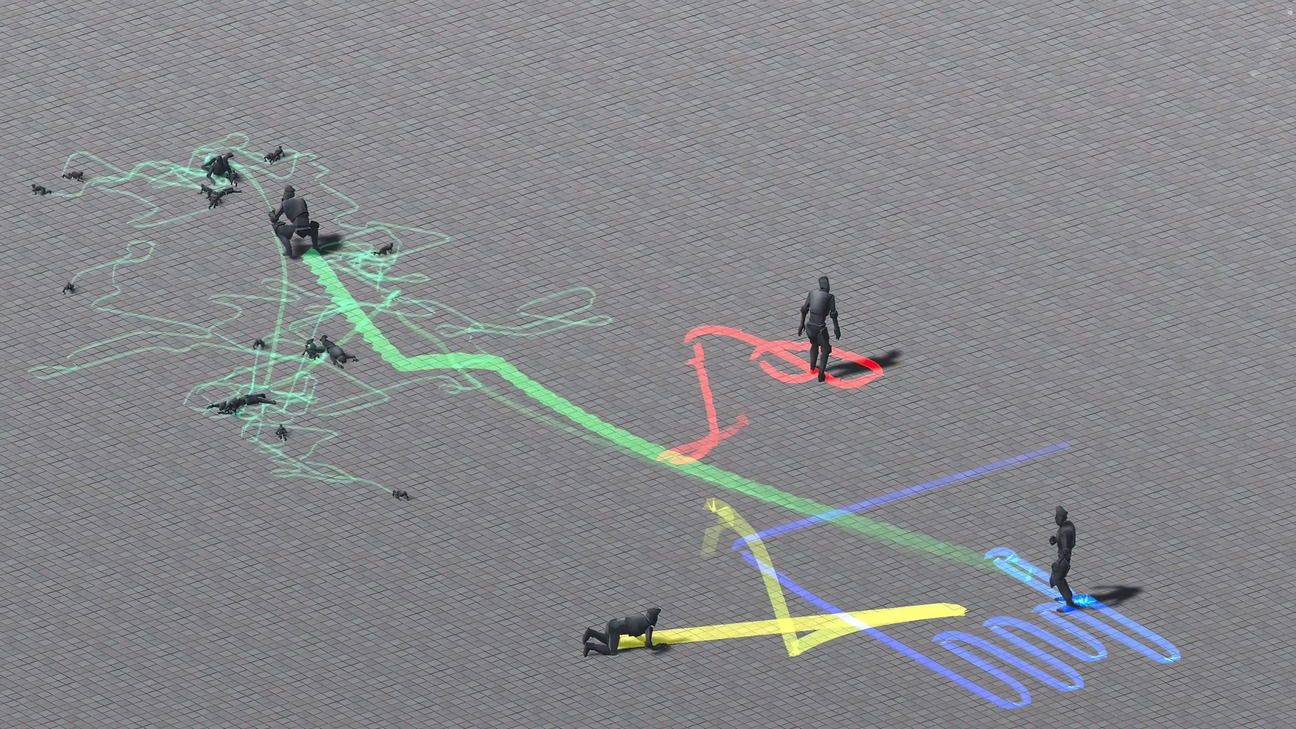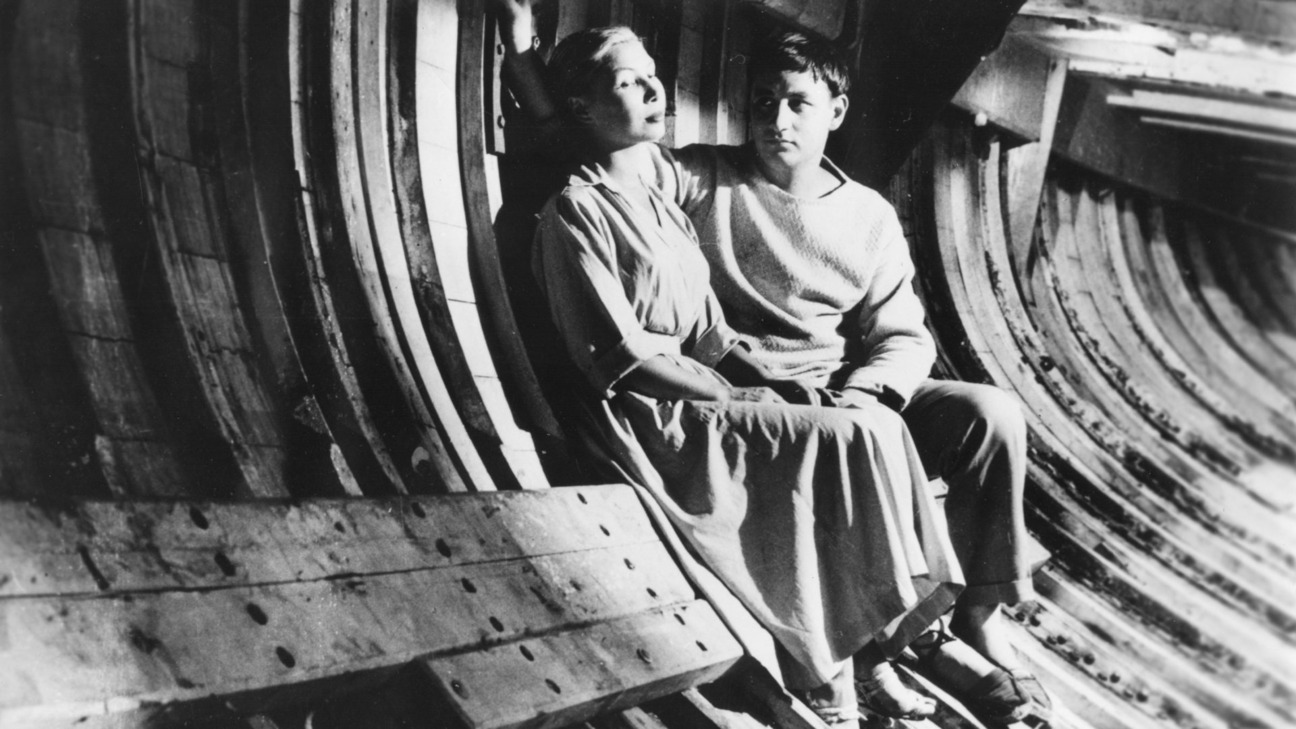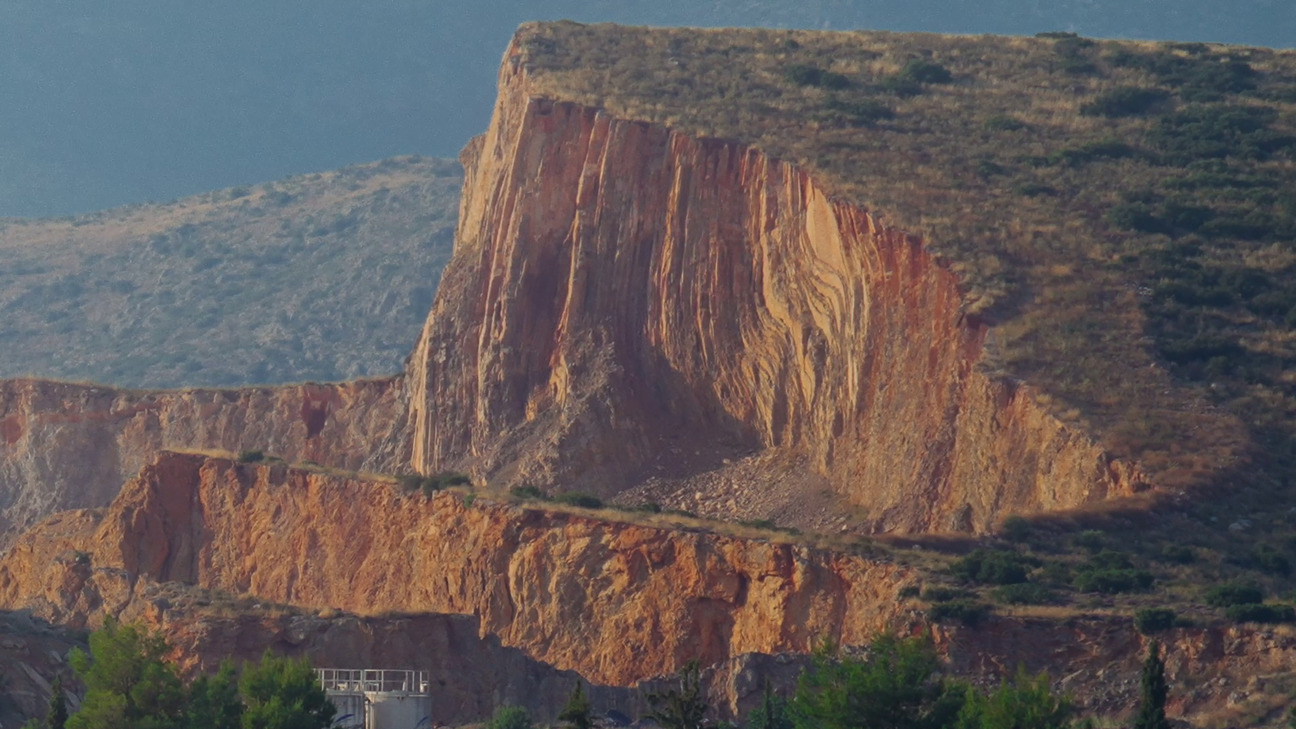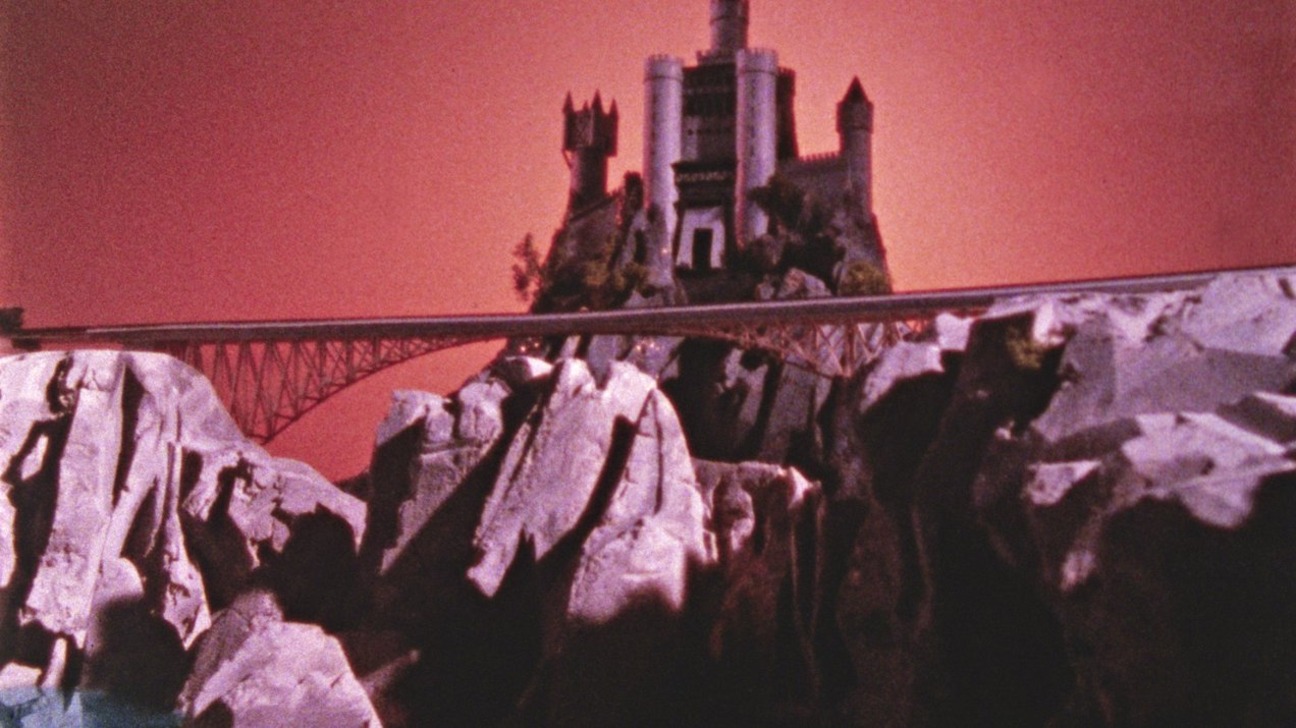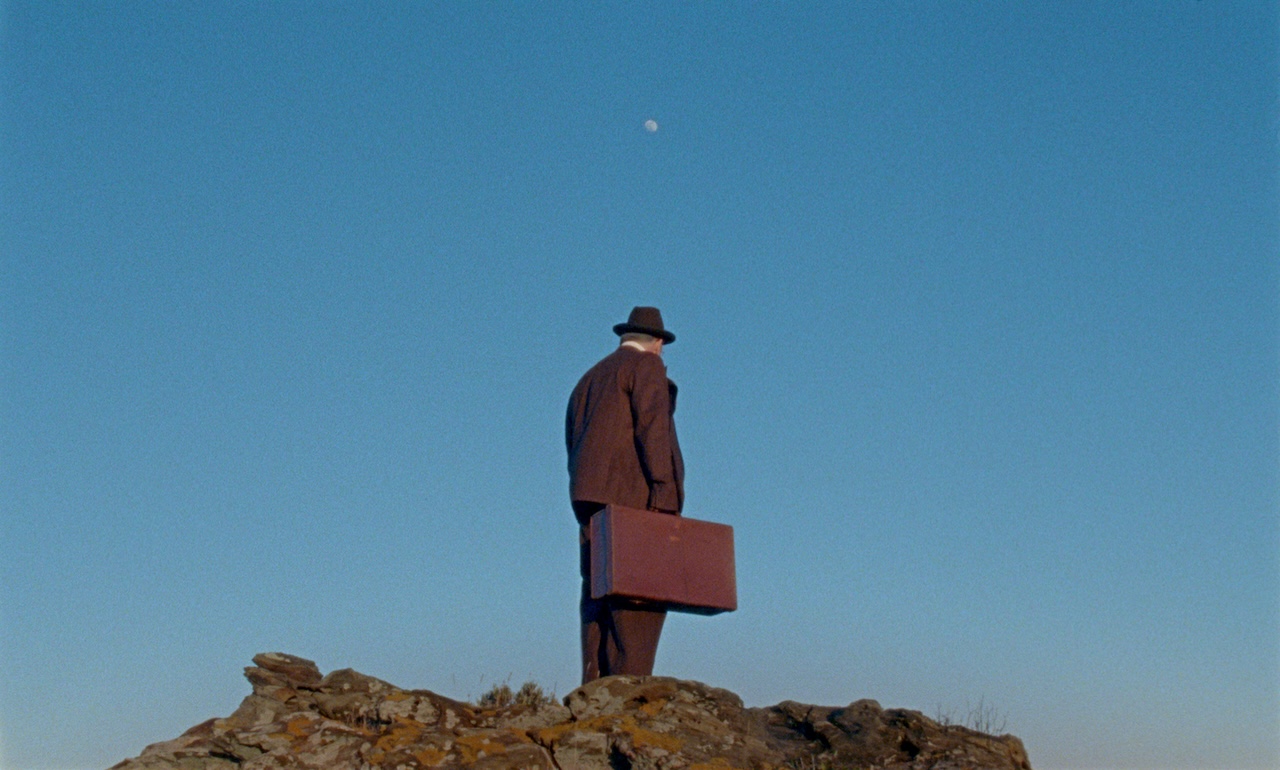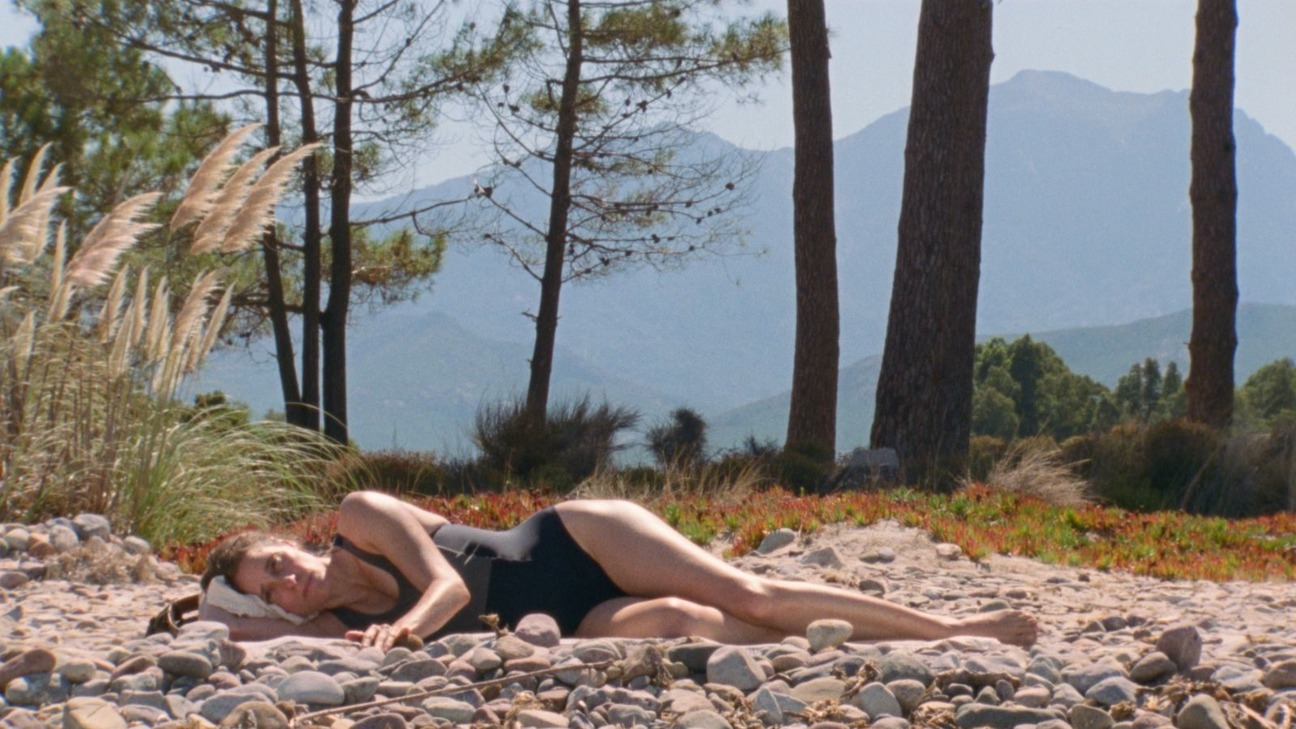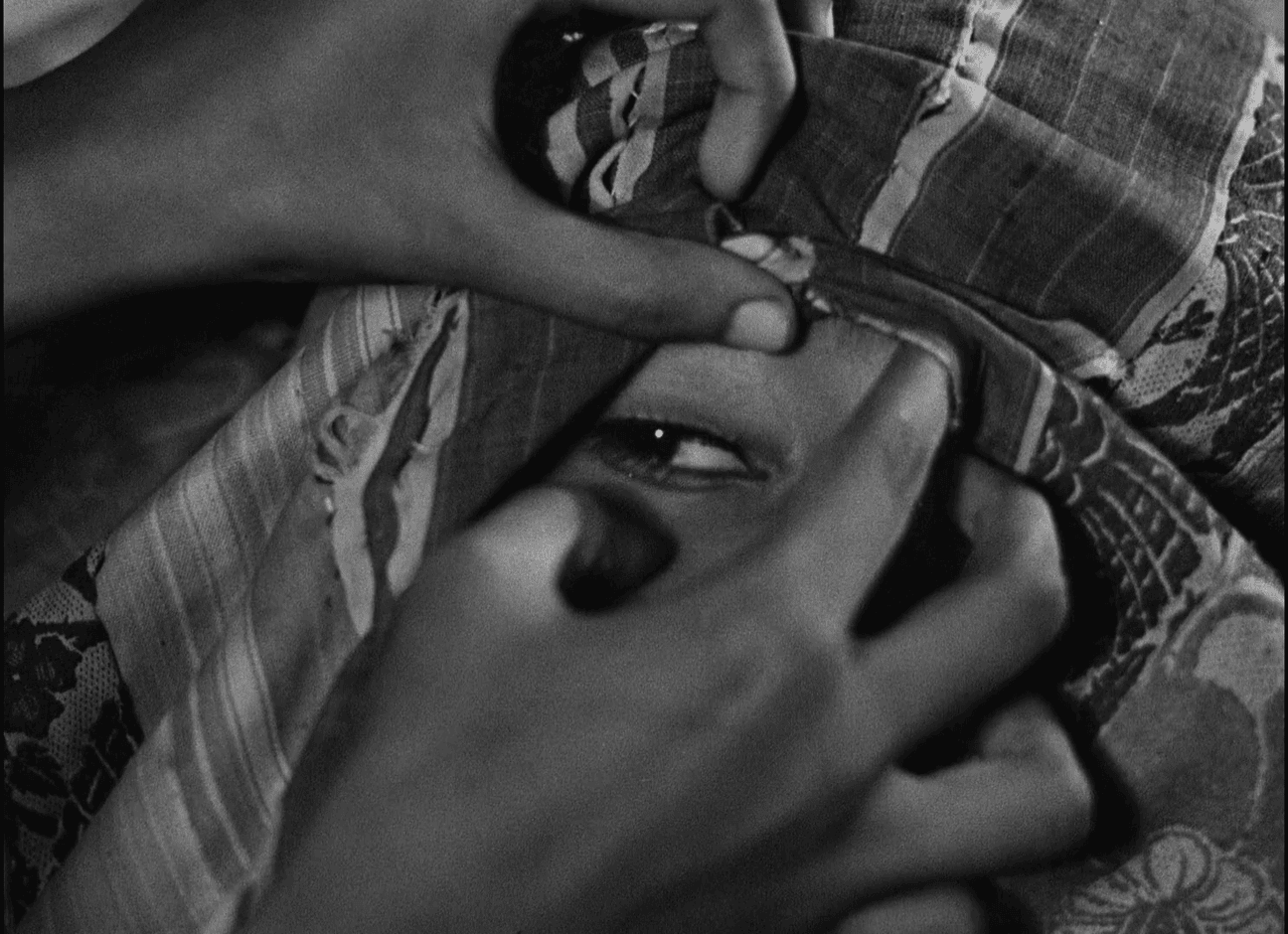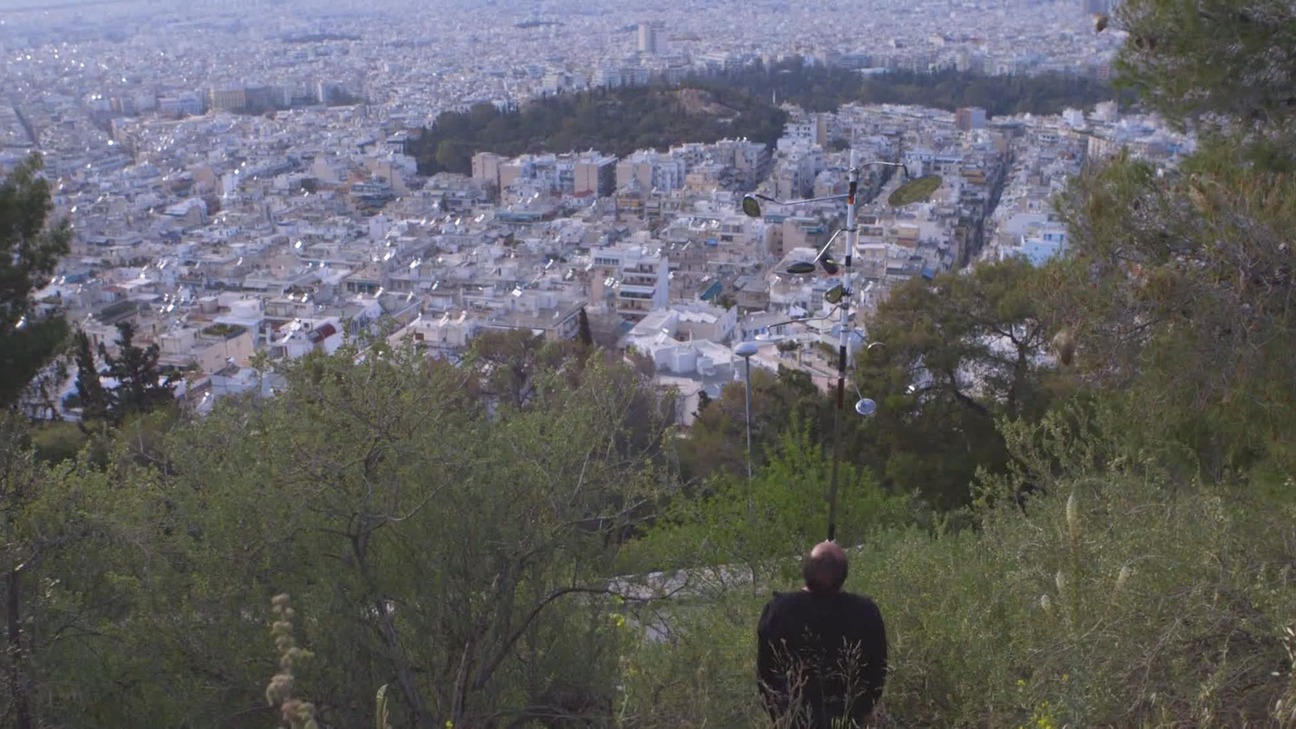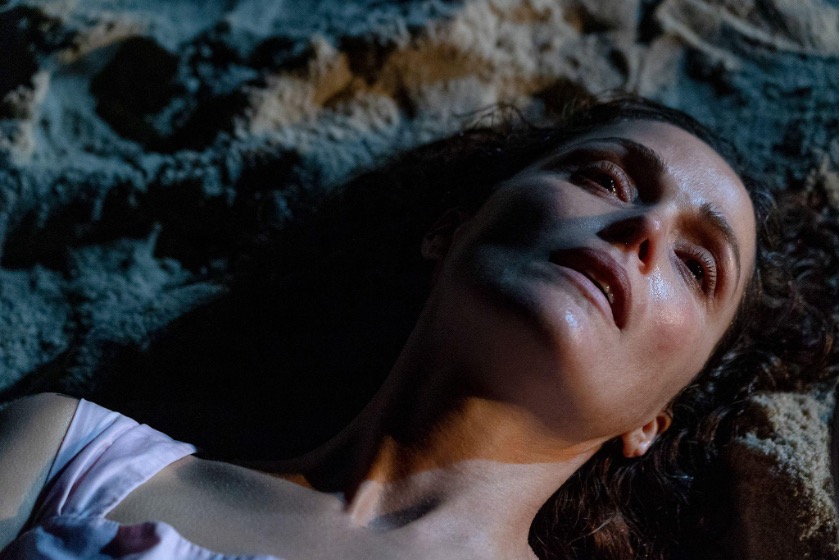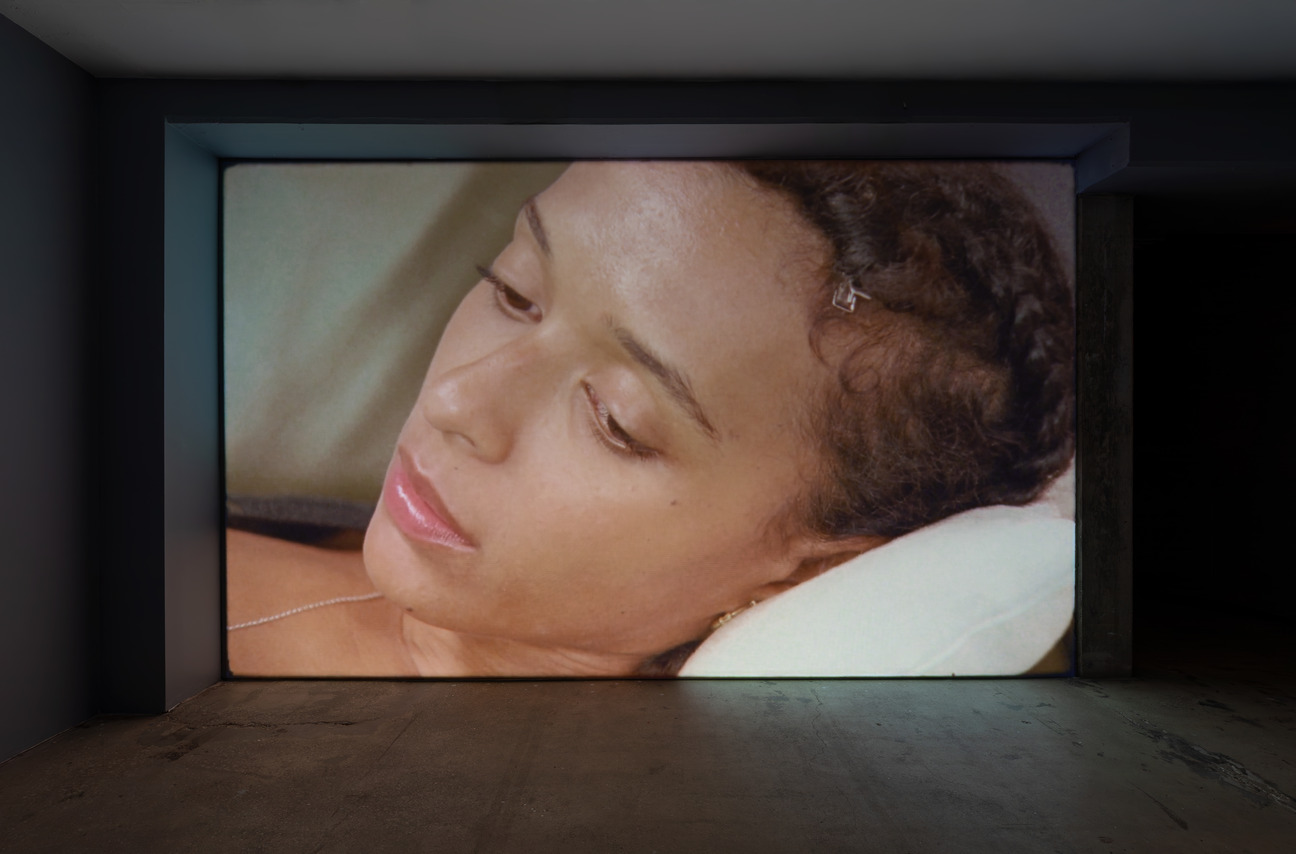e-flux video rental
Conceived by Anton Vidokle and Julieta Aranda in 2004 as a video rental shop that operates for free, e-flux video rental was a project proposing an alternative means of distributing and circulating video art. In spite of the fact that many artists of the 1960s and 70s were drawn to working with video because it was relatively inexpensive and easy to reproduce and distribute, the subsequent assimilation of video art into the precious-object economy of the art market has significantly limited access to video works.
EVR began as a functional reflection and inversion of this process. Comprising a public screening room, a film and video archive that grew with each installation of EVR, and a free video rental shop, VHS tapes could be watched in the space or checked out and taken home once a viewer has completed a membership form.
Since its original presentation at a storefront at 53 Ludlow Street in New York in 2004, EVR traveled to venues in Amsterdam, Berlin, Frankfurt, Seoul, Paris, Istanbul, Canary Islands, Austin, Cali, Budapest, Boston, Antwerp, Miami, Lisbon, Lyon, and Rome. Each time EVR was presented in a new city, local artists, curators, writers, and art historians were invited to select works to be added to the collection. Over the years, this resulted in a collection of nearly 1000 works of film and video art by more than 600 artists and artists’ collectives from all parts of the world, until it finally found a permanent home in the collection of the Museum of Contemporary Art in Ljubljana in 2011.
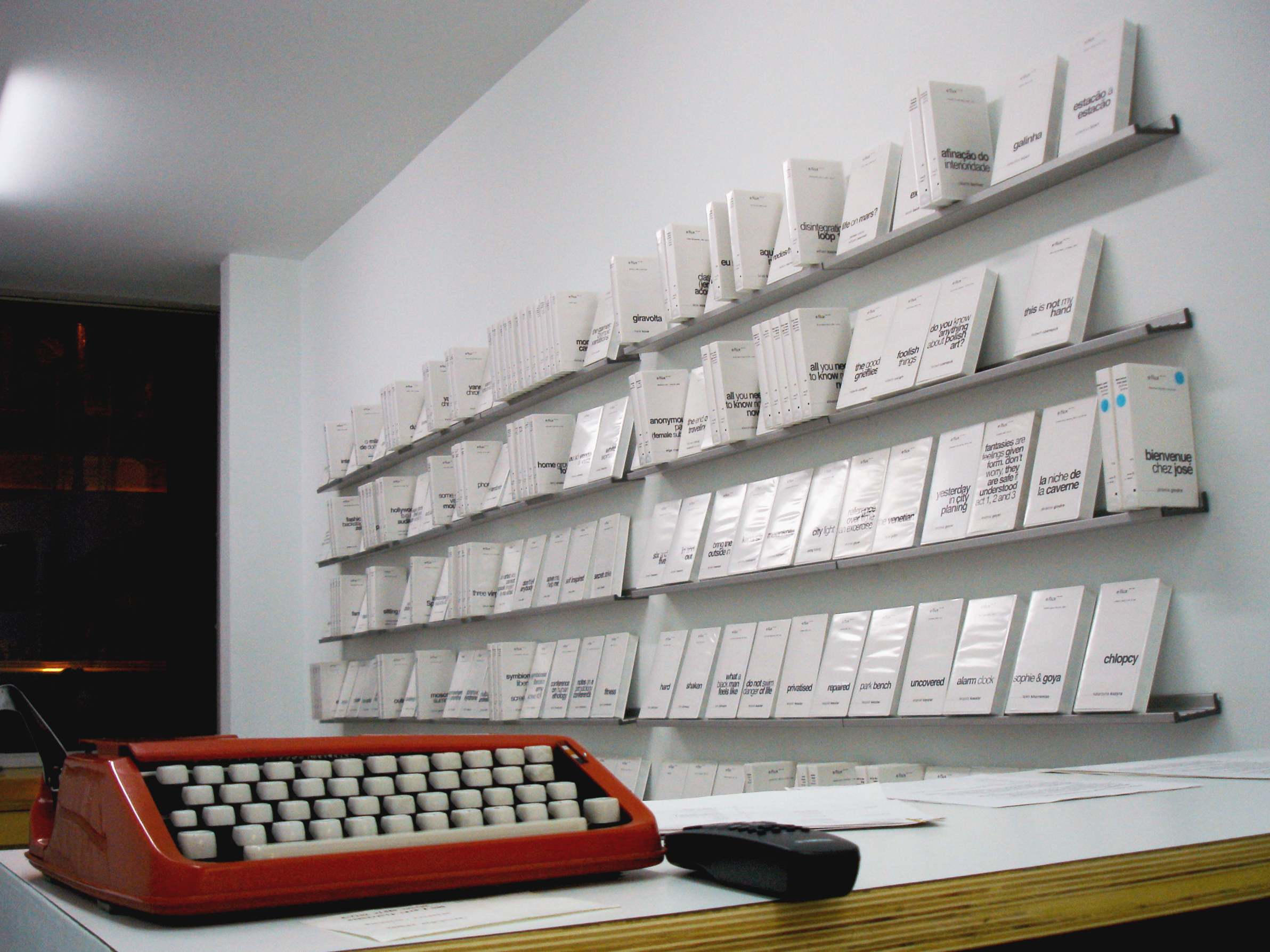
e-flux video rental at e-flux, New York, 2004
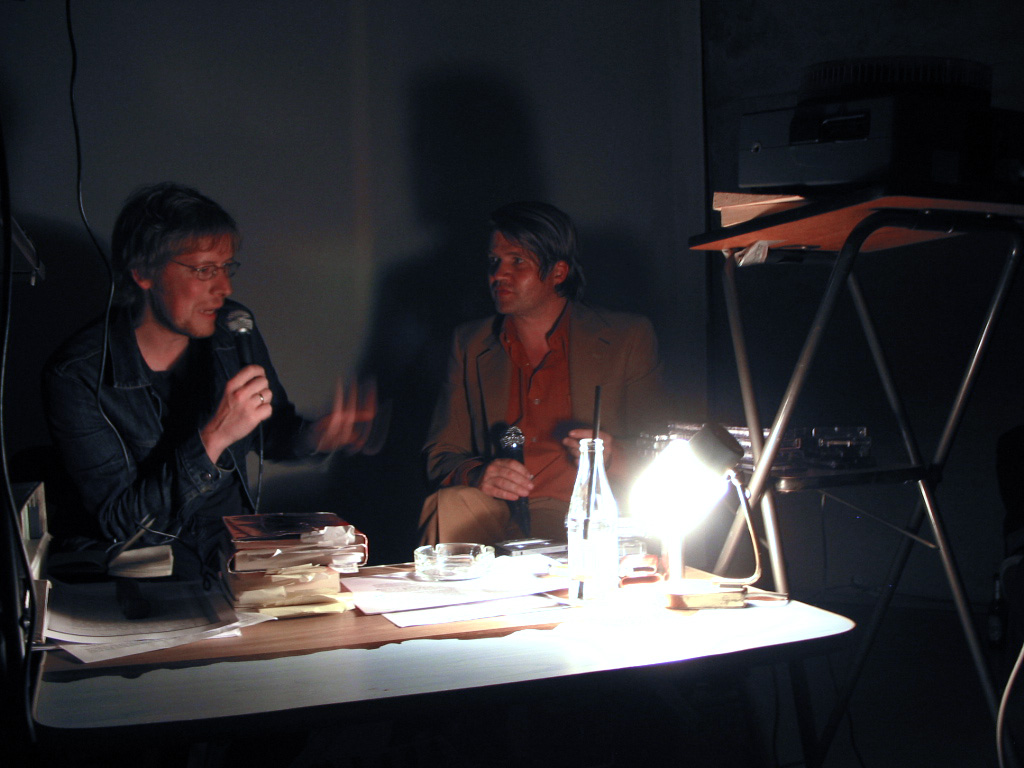
Screening event part of e-flux video rental at KW Institute for Contemporary Art, Berlin, Germany, 2005
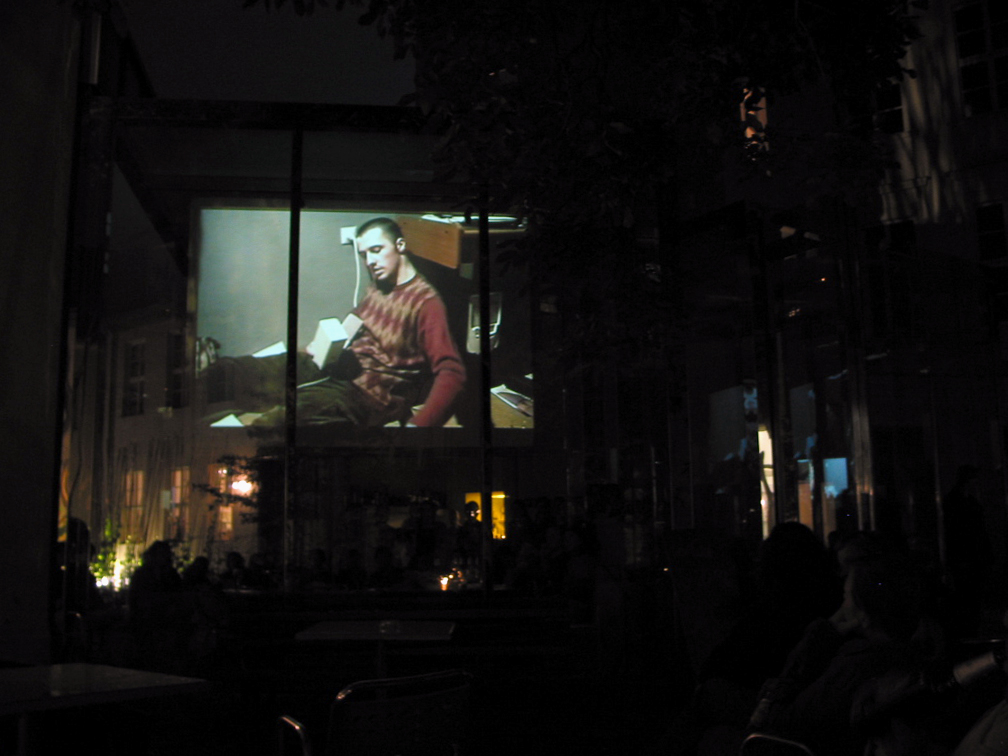
Screening event part of e-flux video rental at KW Institute for Contemporary Art, Berlin, Germany, 2005
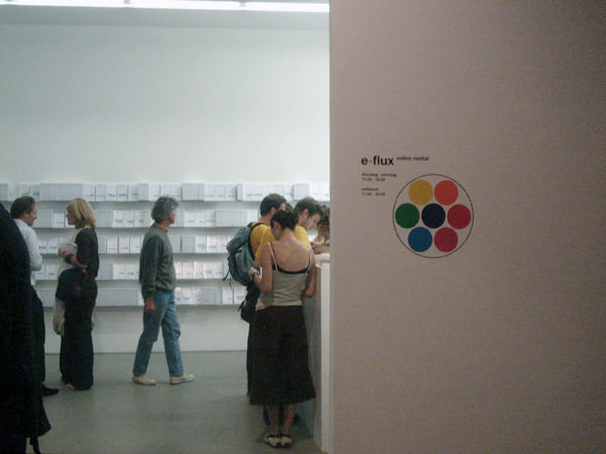
Opening night of e-flux video rental at Portikus, Frankfurt am Main, Germany, 2005
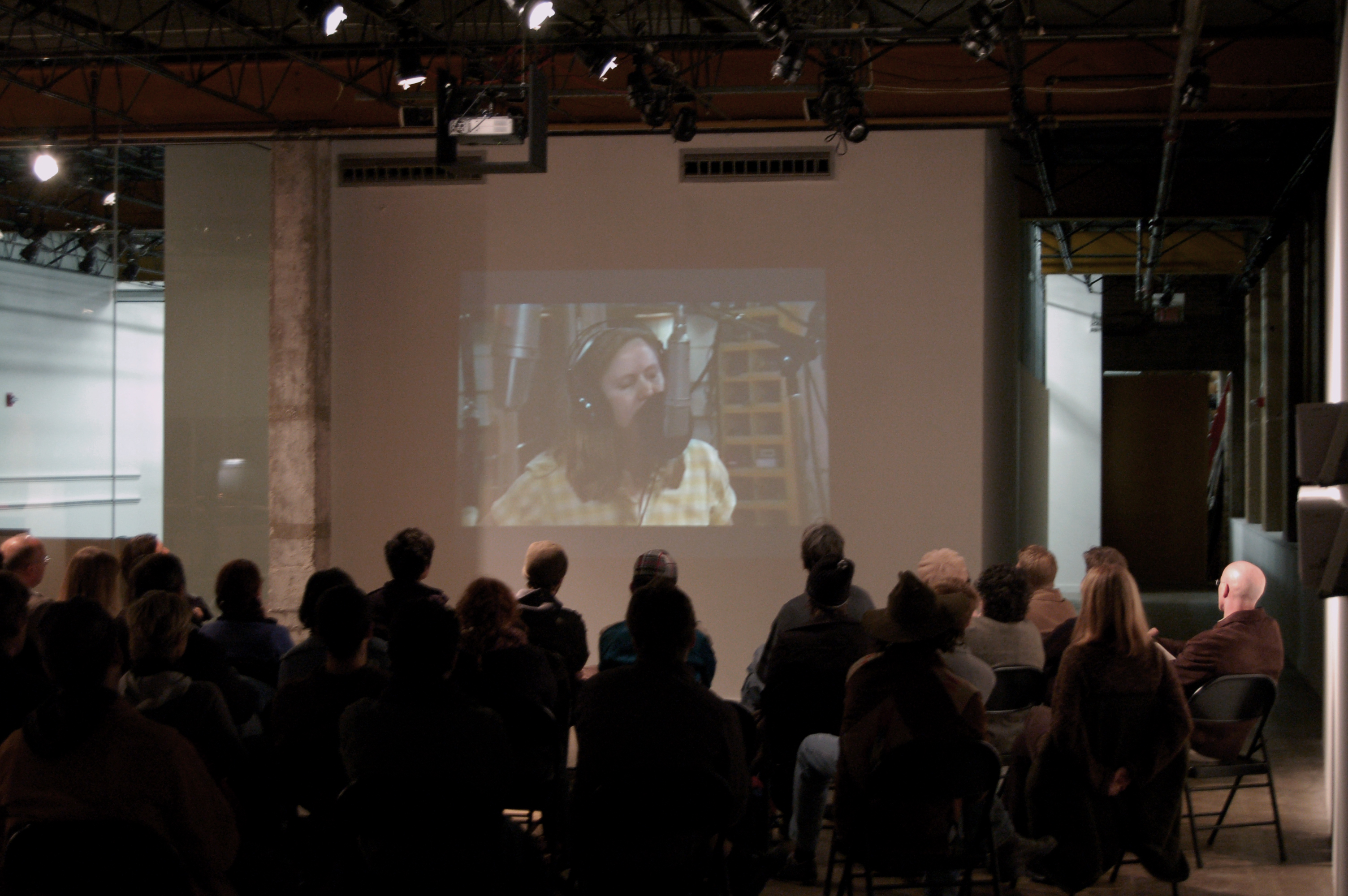
Lecture part of e-flux video rental at Arthouse, The Jones Center, Austin, Texas, 2006
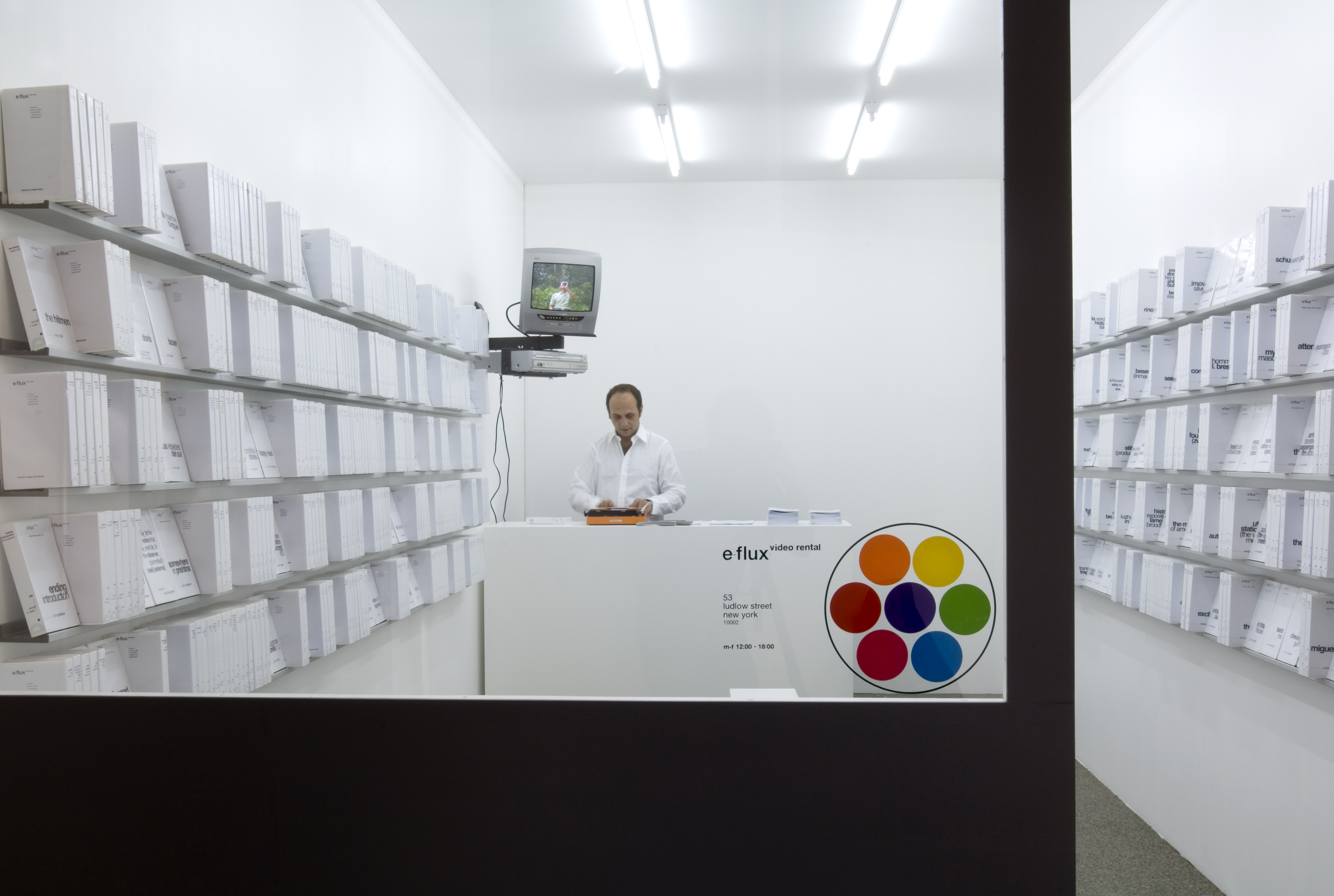
Anton Vidokle at e-flux video rental at Centre Culturel Suisse de Paris, Paris, France, 2007
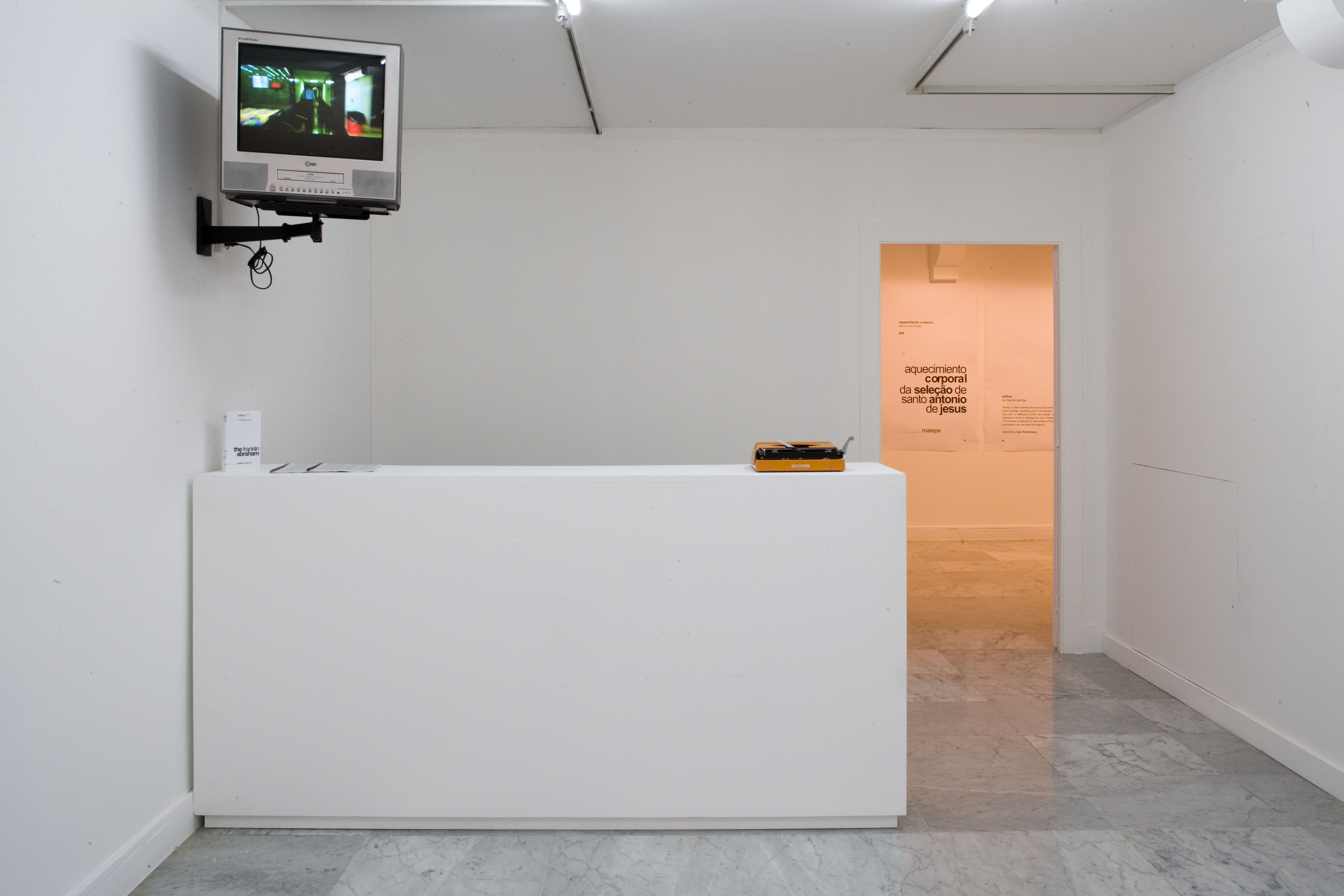
e-flux video rental at I Bienal de Canarias, Tenerife, Canary Islands, Spain, 2006
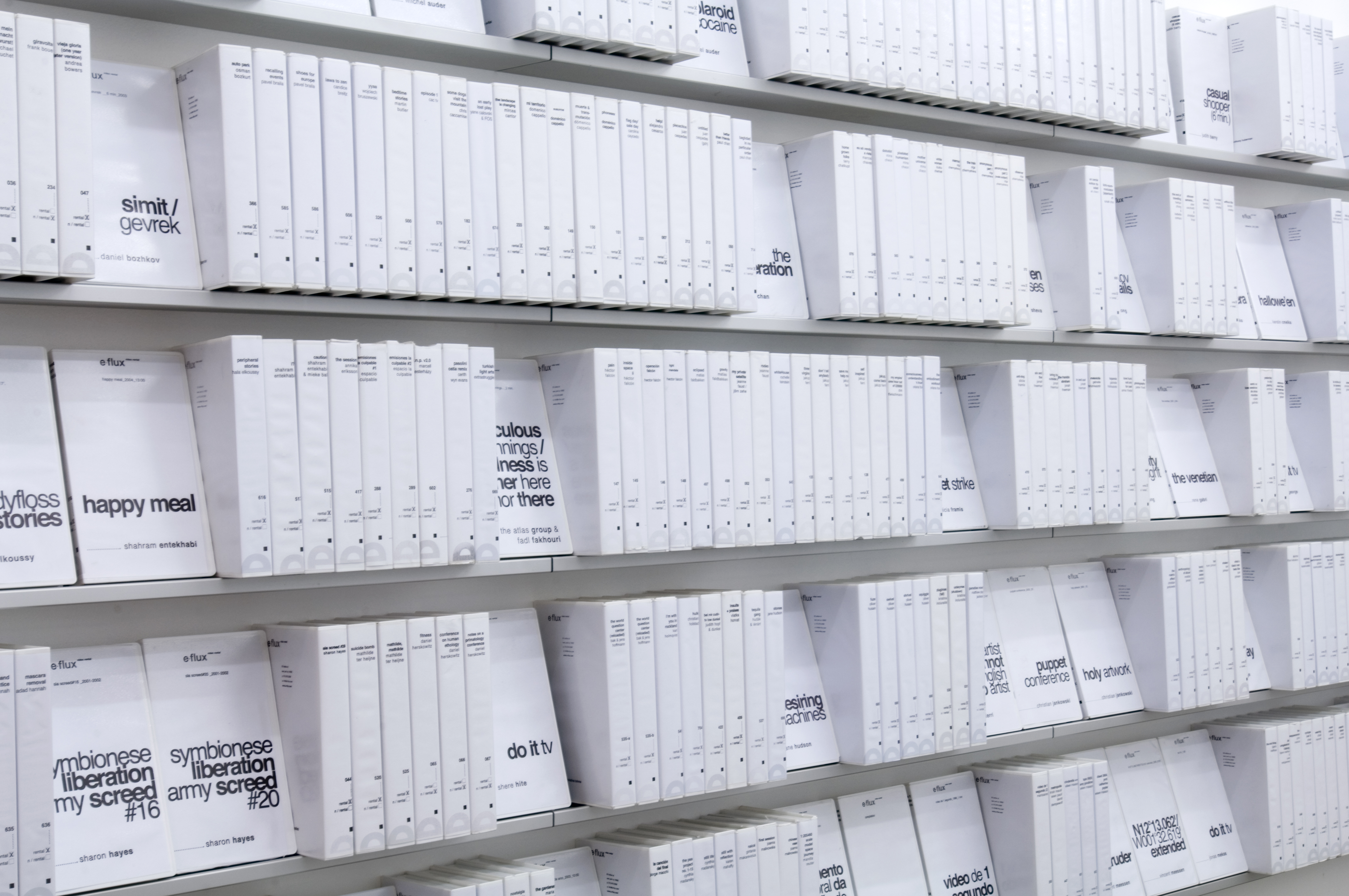
e-flux video rental at Centre Culturel Suisse de Paris, Paris, France, 2007
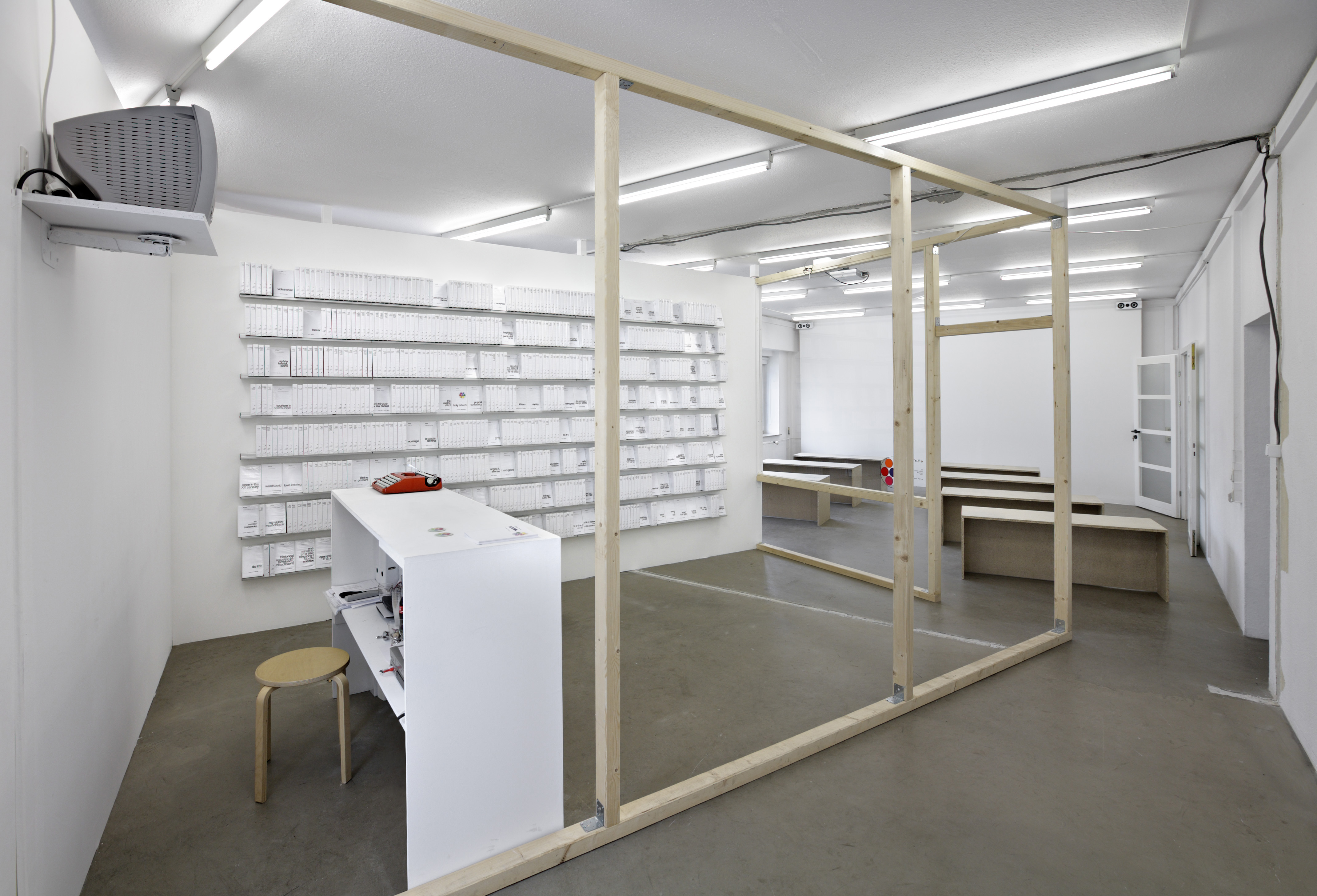
e-flux video rental at unitednationsplaza, Berlin, Germany, 2006
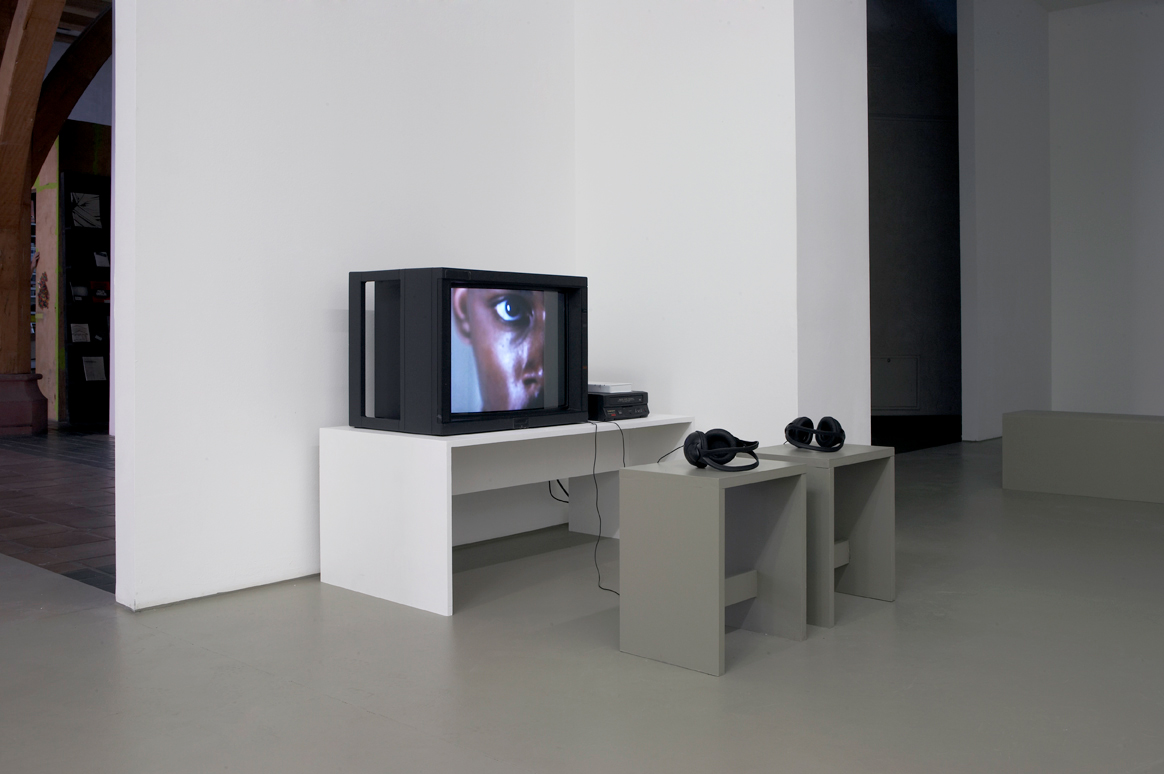
e-flux video rental at Portikus, Frankfurt am Main, Germany, 2005
e-flux video rental at e-flux, New York, 2004
e-flux video rental was shown in the following venues:
e-fux, New York, NY, 2004
Artprojx Cinema Series, Prince Charles Cinema, London, UK, 2004
Insa Art Space, Arts Council Korea, Seoul, South Korea, 2005
Portikus, Frankfurt am Main, Germany, 2005
KW Institute for Contemporary Art, Berlin, Germany, 2005
Manifesta Foundation, Amsterdam, The Netherlands, 2005
The Moore Space, Miami, Florida, 2005
I Bienal de Canarias, Tenerife, Canary Islands, Spain, 2006
Arthouse at The Jones Center, Austin, Texas, 2006
PiST///, Istanbul, Turkey, 2006
unitednationsplaza, Berlin, Germany, 2006
Mucsarnok, Budapest, Hungary, 2006
Location Project, Antwerp, Berlgium, 2006
Extra City Center for Contemporary Art, Antwerp, Belgium, 2006
9th Lyon Biennial, Lyon, France, 2007
Centre Culturel Suisse de Paris, Paris, France, 2007
Carpenter Center, Boston, Massachusetts, 2007
the building, Berlin, Germany, 2008
Fundação Calouste Gulbenkian, Lisbon, Portugal, 2008
41 Salòn Nacional de Artistas de Colombia, Cali, Colombia, 2008
Fondazione Giuliani per l'arte contemporanea, Rome, Italy, 2010
MG+MSUM, Ljubljana, Slovenia, 2011
